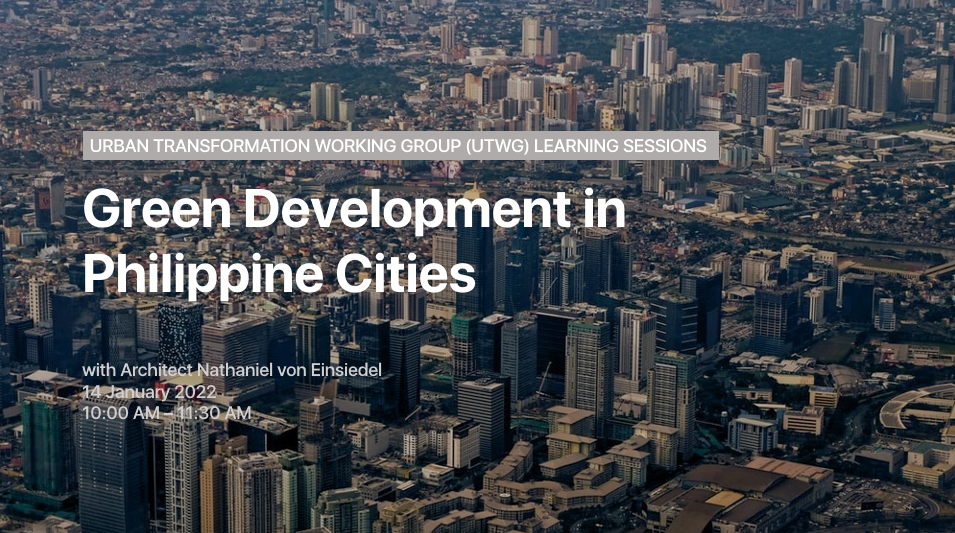For its third learning session, the Urban Transformation Working Group (UTWG), which ICSI steers with other member-organizations of the Partnership of Philippine Support Service Agencies (PHILSSA), invited Architect Nathaniel von Einsiedel to talk about green development in Philippine cities. The activity is part of a series of learning sessions that aim to equip the staff members of the NGOs with basic knowledge about the impacts of climate change on people, especially the urban poor, and the environment in cities.
Arch. von Einsiedel has been an advocate of green development as well as affordable housing since he started his career as an architect-urban planner. His presentation delved into the environmental impacts of urban areas, which he said can be the healthiest places to live and work but also the least healthy, especially for the poor. He focused on urban pollution and ways to reduce it through green development.
The problems at hand. Urban pollution refers to chemical and disease-causing agents in homes, workplaces, and cities. These agents include greenhouse gases (GHG), which are not necessarily pollutants that negatively affect human health and ecological systems but are the main drivers of climate change.
The public health effects of urban pollution are serious. Arch. Von Einsiedel attributed this to the “lack of capacity and competence [of] urban governments to ensure that environmental health, waste management, and pollution control are properly managed.” This low capacity is compounded by “urban populations and economies that have grown far faster than the needed government capacity.”
Cities that are poorly governed and lack infrastructure become “the most dangerous places to live and work, especially for the urban poor.” There is still a high proportion of urban population that do not have access to piped water, adequate and good quality sanitation, and efficient household waste collection. Many informal settlements lack proper drainage systems, sewers, or other measures to collect toilet waste. These contribute to the most serious environmental health problems, so ensuring that they have access to water and sanitation becomes “an important form of pollution control.”
The urban poor are the ones suffering greatly from most of the environmental health burdens from pollution. Making their situation worse is the high exposure of their communities to risks of climate change impacts, such as flooding. “The problem gets really complicated when you combine the lack of infrastructure with the disasters that take place,” he added.
Pollution control policies must be integrated across all levels of government—national, regional, provincial, local—to be effective. Local government units (LGUs) have the most responsibility for addressing pollution, but they cannot be effective if they are on their own. Many related issues, such as watershed management and flood mitigation, “require cooperation and collaboration among adjoining LGUs.” Addressing these shared problems also need support from the national government in areas such as freshwater management and disaster risk reduction.
Green development. Arch. Von Einsiedel identified three challenges in environmental management and governance: (1) recognizing the many economic, social, and environmental determinants of health in urban areas, and identifying the measures that can contribute to environmental health and pollution control; (2) understanding and addressing the pollution control/ environmental health needs and priorities of those most at risk and vulnerable to pollutants (such as informal settlers); and (3) finding ways to support urban LGUs to meet their pollution control and environmental health responsibilities. Overcoming these challenges is relevant to poverty reduction and provision of environmental health services, disaster risk reduction and climate change adaptation, and climate change mitigation.
“Green development” is part of environmental management and governance. As a simplification of the ecological system approach to development, it “considers the interrelationship between human activities and the health of ecosystems on which human life depends.” By involving “sound management of natural resources” and treating “environmental goals equally with social and economic goals”, green development contributes to achieving sustainable development. Projects adopting this approach “integrated social and environmental goals with financial considerations of every sale and type” (see diagram).
“Ecosystem services” constitute the basic framework of green development. These are “goods and services produced by ecosystem processes that provide direct and indirect benefits to humans.” Ecosystem processes refer to the interaction between living and non-living elements. Examples of these processes include the regulation of local climate and cleaning of air pollutants by trees, the purification and storage of rainwater by vegetation, the decomposition of organic wastes by soils, and the preservation of biodiversity and wildlife by trees and plants. Ecosystems must thus be conserved “because they can protect and improve a community’s resiliency and quality of life in a variety of ways.”
Applying green development. There are three areas where green development can be applied. These are environmental responsiveness (e.g., developing sites that do not alter the natural terrain and drainage channels), resource efficiency (e.g., using materials that are naturally present at the site for construction), and community and cultural sensitivity (e.g., using local design and building practices to build houses).
| Environmental Responsiveness |
|
| Resource Efficiency |
|
| Community and Cultural Sensitivity |
|
Concluding his presentation, Arch. von Einsiedel underscored that green development is an element or component of environmental management and governance. It has the objective of ensuring that future generations have a safe, healthful, and enjoyable place to live and work. “Achieving healthy, safe, and green communities requires support at many levels [and] a public that understands its benefits and asks for it, investors and developers who are willing to invest in it, and government that will enable and support it.” For this to happen, he said, when “we as a people and our elected leaders recognize that we are living in a fragile environment, that we are now facing the risks of a climate-defined future, and that green development can help improve the living and working environment of people, especially the urban poor.”
Dr Anna Marie Karaos of ICSI served as the activity’s moderator. The staff members of the UTWG members—Alternative Planning Initiatives (ALTERPLAN), Community Organizers Multiversity (COM), Foundation for the Development of the Urban Poor (FDUP), ICSI, KASAGANA-KA Development Center, Inc. (KDCI), TAO-PILIPINAS, Urban Poor Associates (UPA), and PHILSSA—attended the learning session. Dr Emma Porio of the Coastal Cities at Risk in the Philippines (CCARPH) project, whose support made the activity possible, was also present.

